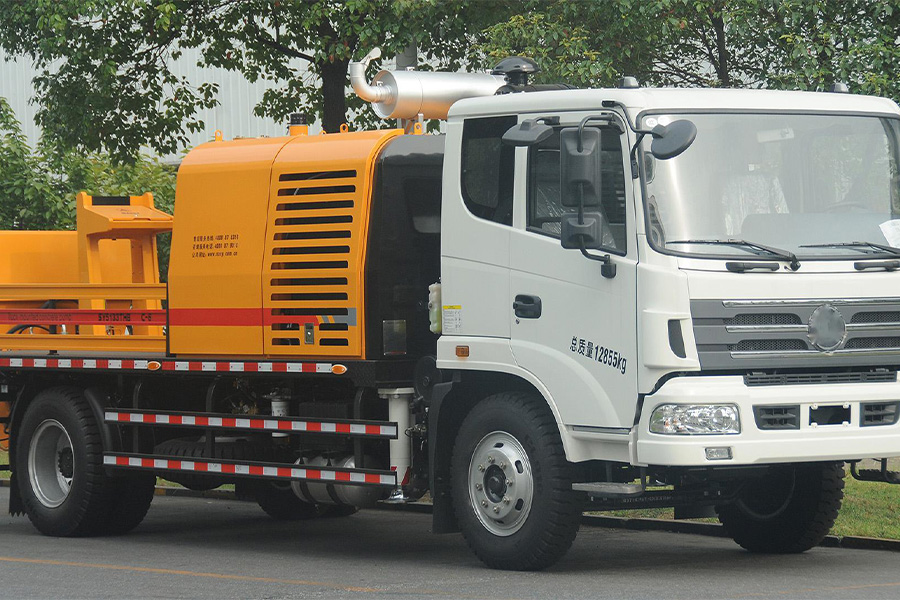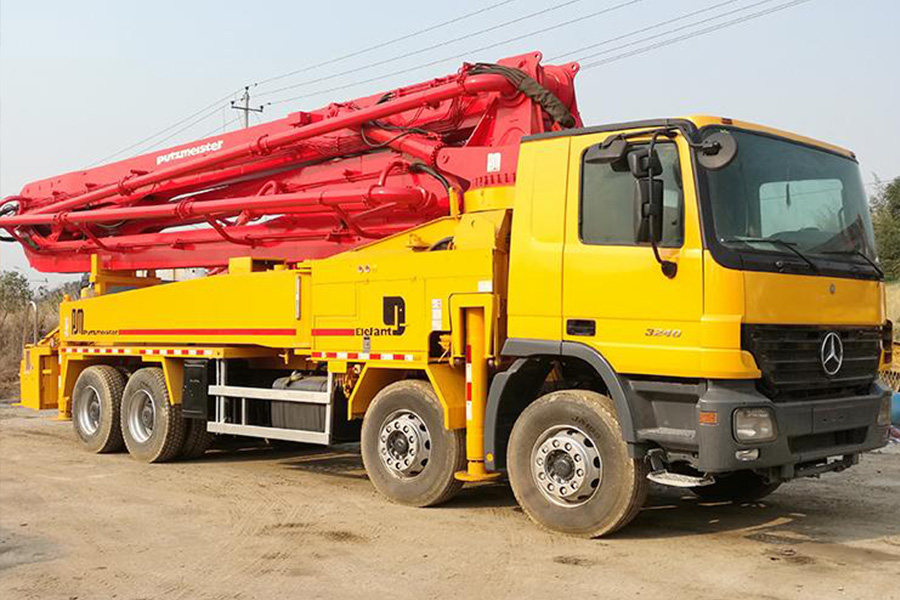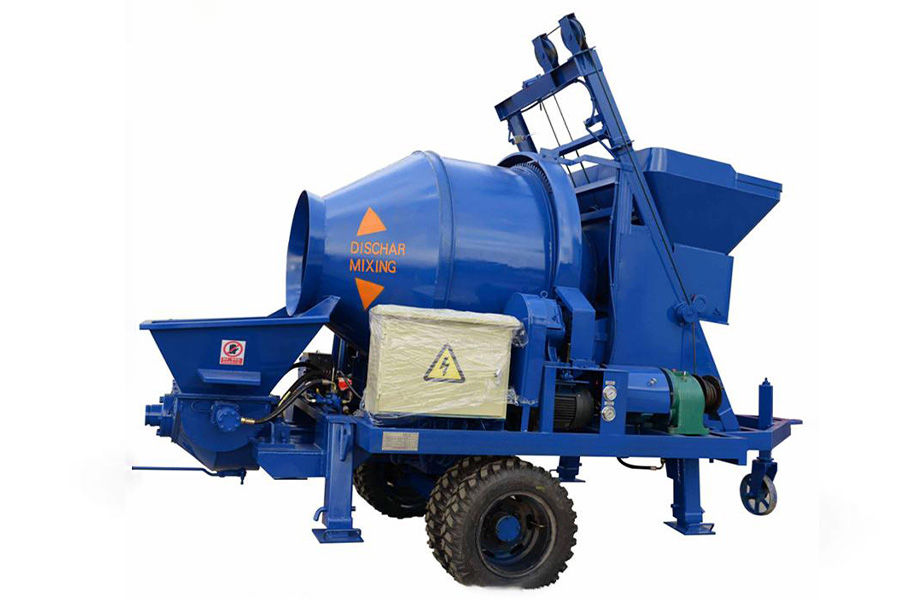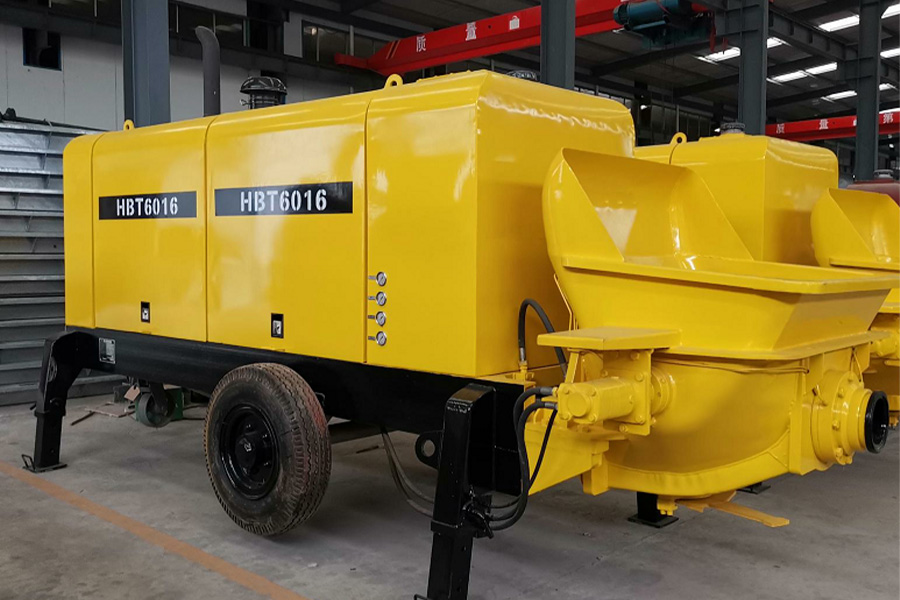Concrete is one of the most central things in any construction site. It is a mixture of sand, aggregate, and cement in different proportions depending on the structure being constructed and the strength required. Because of this, concrete mixing should be done correctly especially if strong structures are to be built. Concrete pumps can be instrumental in ensuring that the concrete is prepared correctly. The ingredients are thoroughly mixed, and the concrete paste is uniform. Selecting a concrete pump should be done carefully, so this guide will explain how businesses should choose concrete pumps.
Table of Contents
Concrete pump: market share and demand
Factors to consider when choosing a concrete pump
Types of concrete pumps
Target market for concrete pumps
Final thoughts on concrete pumps
Concrete pump: market share and demand
Concrete pumps are machines used to transfer liquid concrete through pumping. As of 2020, the value of the global concrete pump market was $3,688 million. One of the key drivers in the concrete pump market is an increase in infrastructural investments. Other factors include urbanization and the improved lifestyle of consumers globally.
Current trends in the concrete pump market include the development of high-capacity concrete pumps. Many companies are now looking to develop truck-mounted pumps with advanced features such as integrating all hydraulic switching and measuring equipment. It is also important to note recent trends in the construction market such as high-rise buildings, complex designs, and megastructure constructions. These trends have led to increased demand for concrete pumps with high capacity and increased output.
Furthermore, research and development are being conducted by equipment manufacturers to produce low-cost machines with improved fuel efficiency and lower carbon emissions.
Factors to consider when choosing a concrete pump
Maximum aggregate size
The aggregate size is essential because it helps reduce/avoid blockage of the delivery cylinder by large aggregates. Pumping fine aggregate will require a delivery cylinder with a diameter of 140mm or 180mm. Large aggregate will require a delivery cylinder of 200mm. Using a delivery cylinder with a diameter of 230mm could reduce the chances of blockage by 30%.
Maximum transitional distance
It refers to the horizontal and vertical distance a concrete pump can deliver and varies with different pumps. For example, an electric concrete pump has a maximum vertical delivery distance of 280m and a horizontal distance of 1200m.
On the other hand, the diesel-type pump has a maximum vertical delivery distance of 300m and a horizontal delivery distance of 1350m. Note that the electric pump would be more suitable in areas where the power grid is well laid and the voltage is stable. A diesel pump is, in contrast, more suitable for rural areas than an electric pump.
Pumping capacity
Concrete pumping capacity refers to the volume of concrete pumped per hour. It helps businesses calculate the amount of concrete pumped against the volume of concrete required for a project. The theoretical pumping capacity of concrete booms ranges between 80 to 180 m3/h at low pressure and 50 to 120 m3/h at high pressure. Trailer pumps, on the other hand, have a theoretical pumping capacity of 30 to 90 m3/h. Businesses should choose a concrete pump with a pumping capacity ideal for the volume they need to pump for their project.
Price
The price of a concrete pump will be determined by several factors, such as the model, the brand, shipping costs, and any specialized features that it may have. A well-known brand may quote a higher price because their machine tends to be of high quality. It is essential to purchase a concrete pump that will offer the most quality within the business’s budget.
After-sale services
Considering the after-sales support provided by the manufacturer could save businesses some unnecessary costs. Some manufacturers may offer a warranty for several years and technical support for their machines. Other features may be regular maintenance services and free training for the personnel using them, which will benefit the business.
Types of concrete pumps
Concrete line pump truck
A concrete line pump is a long hose attached to a stationary concrete pump mounted on a truck.

Features:
- It is fixed on-site. It has pipes of length between 1m and 2m.
- The concrete pumping device is fixed on one point only until the concrete pour is over.
Pros:
- It is highly beneficial for horizontal pumping.
- It delivers concrete to inaccessible sites because of the expandable hoses.
- It is perfect for construction sites closer to the ground, such as sidewalks and swimming pools.
Cons:
- It has high labor involvement due to the fixing of pumps at the site.
- The concrete line can get choked due to pump consistency or extreme weather conditions.
Concrete boom pump
The concrete boom pump has a hydraulic arm called the boom that delivers concrete where required. The concrete boom pump is attached to a truck.

Features:
- It has a remote-control operated hydraulic arm mounted on the truck.
- It is designed to pump concrete to any height.
- It can be controlled remotely, and the truck moves like an ordinary truck.
Pros:
- It minimises wastage.
- It can deliver concrete in small and confined spaces.
- It maintains concrete quality.
- It is very fast, with a delivery capacity between 60 m3/h and 200 m3/h.
Cons:
- It is uneconomical for large projects.
- It requires skilled labor to operate.
Concrete mixer with pump
The concrete mixer with a pump attaches a concrete mixer with a pump as one unit.

Features:
- It combines a concrete mixer with a pump as one unit.
- It can be either electrical or diesel-powered.
- It features a pumping capacity of 30 – 40 m3/h.
Pros:
- It offers high safety and efficiency.
- It is time-saving, labor-saving and cost-saving.
Cons:
- Supporting construction equipment such as generator sets, pumps, pipelines, and forklifts must be transported together.
- It takes a long time to lay pipes for pumping.
- The material needs to be moved manually as the pouring position changes.
Stationary concrete pump
A stationary concrete pump is located in one place and attached to a pipeline that delivers the concrete where it is needed.

Features:
- The concrete pump is fixed in one location.
Pros:
- Concrete can be delivered over long distances.
- It is suitable for horizontal concrete delivery.
- It is cheaper to acquire and maintain than other options.
Cons:
- It is not suitable for the vertical delivery of concrete.
Target market for concrete pumps
The concrete pump market is expected to grow at a CAGR of 4.96% from 2021 to 2026 to reach an estimated value of $4,666 million by 2026. The Asia Pacific region is expected to occupy a significant market share of this industry. This dominance can be attributed to a growing demand for construction activities in the region due to the rapidly growing population. According to UN statistics, the global population will be 9.7 billion by 2050. 61% of this population resides in the Asia Pacific region, with China and India accounting for over 2 billion people. At the same time, urbanization is also leading to increasing demand for non-residential buildings such as commercial buildings.
Final thoughts on concrete pumps
Concrete pumps may be bulky to use. However, they are convenient when constructing buildings. Businesses can cut labor costs while ensuring that the quality of the concrete poured is uniform. Businesses that invest in concrete pumps also benefit from improved concrete strength and a convenient way of pouring concrete. These machines also minimize the wastage of concrete. For a list of the best concrete pumps, visit Chovm.com.





 বাংলা
বাংলা Nederlands
Nederlands English
English Français
Français Deutsch
Deutsch हिन्दी
हिन्दी Bahasa Indonesia
Bahasa Indonesia Italiano
Italiano 日本語
日本語 한국어
한국어 Bahasa Melayu
Bahasa Melayu മലയാളം
മലയാളം پښتو
پښتو فارسی
فارسی Polski
Polski Português
Português Русский
Русский Español
Español Kiswahili
Kiswahili ไทย
ไทย Türkçe
Türkçe اردو
اردو Tiếng Việt
Tiếng Việt isiXhosa
isiXhosa Zulu
Zulu